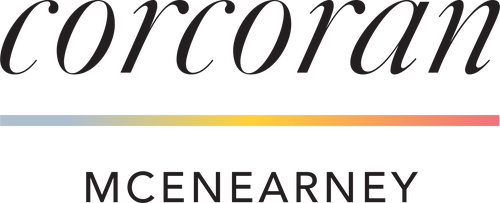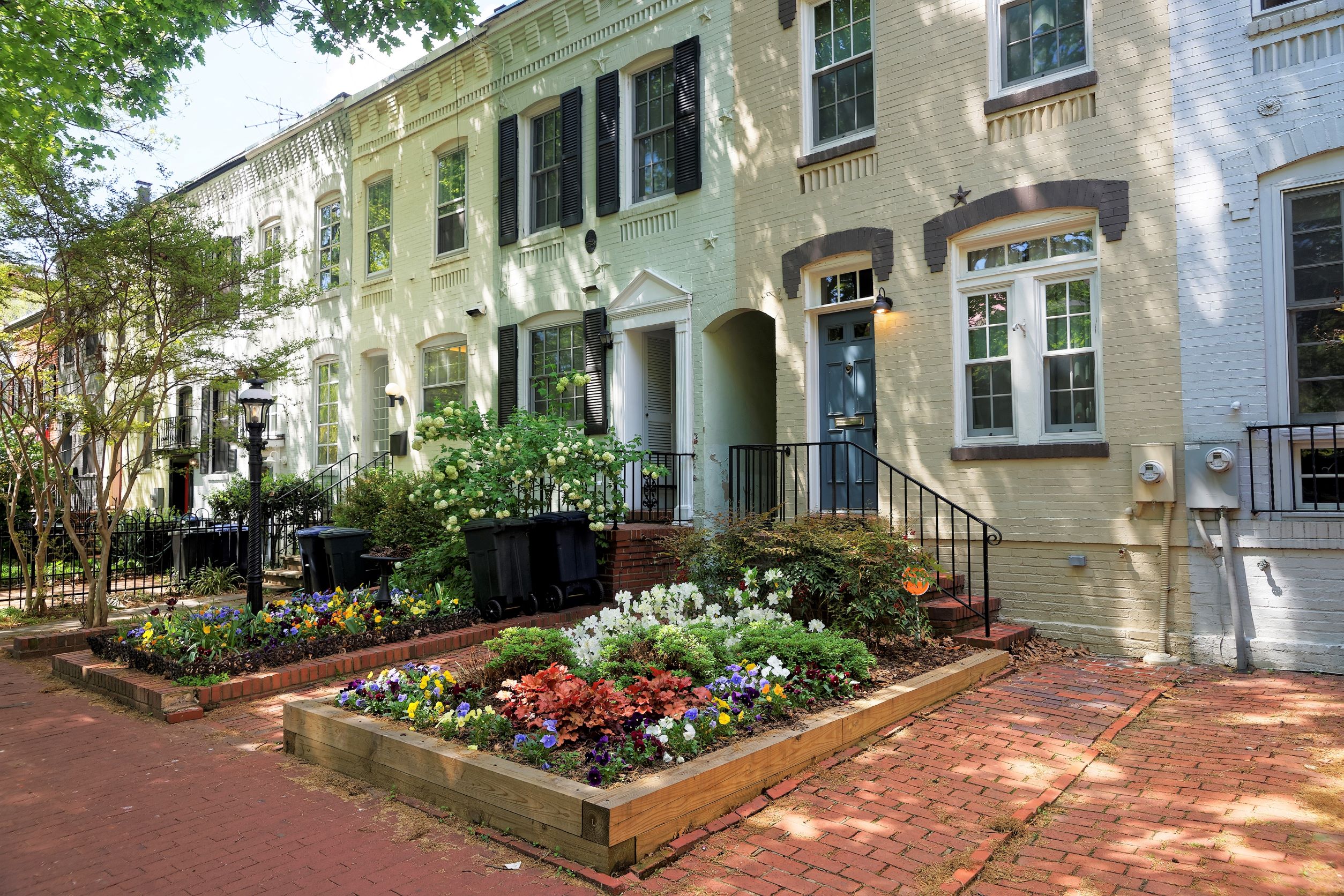In April, Part 1 of our series on Mortgage Financing in a Competitive Market looked at preparing to make an offer. This month we discuss how to make your offer without a home sale contingency.
You may have heard the real estate market is starting to slow down. Recent sales data seem to support that notion. You should keep in mind, however, that slowing down does not mean a slow market. It means the frenetic pace at which residential real estate has been sold over the past several years is a little less frenetic now. Interest rates have risen significantly which does have a chilling effect on home buying. Consumer sentiment over the economy has turned sour and that has a negative impact on home sales as well. But the most important factor driving the current home sales market is the demand for housing relative to the supply. Demand continues to outpace supply which generally means there is more than one prospective buyer for every home available for sale. Many, if not most homes listed for sale are still likely to receive more than one offer, which means if you want to be successful, your offer needs to be more attractive than the other(s).
One aspect of a contract which may be less attractive to a seller is a home sale contingency. If you choose to or must sell your home before buying the next property, the seller may accept an offer from another prospective purchaser with no such contingency. Some purchasers have both the income and the liquid assets necessary to be able to purchase the next home without first selling the existing home, but many do not. Determining which category you fall into requires a conversation with an experienced and competent mortgage professional as part of the preliminary approval process. You should also know that many mortgage loan officers will suggest that a person cannot purchase without first selling because the mortgage company does not offer bridge financing, or the loan officer is not aware of methods of generating the cash required to complete a purchase. It is truly in a purchaser’s best interest to make sure they are speaking with the right mortgage professional.
If you have the income required to carry the debt structure on two homes at once, there are multiple ways of generating the cash required to cover the down payment and closing costs on the next home. A traditional bridge loan secured by the property to be sold is one way to make it happen. Unfortunately, most mortgage lenders do not offer bridge financing. Some of us do, so make sure you are speaking with the right mortgage professional. A traditional bridge loan is secured by the property which will be sold and, by definition, is a temporary loan which will be paid in full upon the sale of the current home. The bridge loan usually takes out any mortgage which already exists on the property and will generally not exceed a loan-to-value of 70-80%.
An alternative to a bridge loan is a home equity line of credit (HELOC) secured by the current home. It is a good idea to have in place the largest HELOC possible on your current home to allow you to quickly access the equity for all eventualities. A HELOC can be used for emergencies, for investment opportunities, or to make the down payment on the next home without first selling the existing home. Unfortunately, if you have already found the next home it is too late to begin the process of establishing a HELOC. It generally takes most depository institutions 45 days to approve a HELOC and they won’t do so for a home which is to be sold or to be converted to a rental property.
Another common means of generating cash for a home purchase is to borrow against retirement plans. Most qualified retirement plans allow the plan participants to borrow funds for the purchase of a primary residence. The IRS allows plan participants to borrow up to 50% of the vested balance in the plan with a maximum loan of $50,000. A two-person household where both people are employed and have active retirement account balances in excess of $100,000 can generate $100,000 in retirement loans together to be used for the down payment on the next home. Retirement account loans are usually offered at very attractive interest rates and do not count as a debt when underwriting the mortgage for the next home. Retirement account loans are not distributions and do not have a tax consequence.
Gifts from family members are a common way of generating the cash for the next purchase. If a family member is able and willing to help but does not wish to provide an outright gift, they can be the source of a “bridge” loan secured by the existing home or even a subordinate mortgage on the new home.
The long and the short of it is there may be multiple ways to assist a homebuyer in generating the funds needed to purchase the next home without first selling the existing home. You simply need to explore the possible options with the right mortgage professional.
 Brian Bonnet | Senior Loan Office
Brian Bonnet | Senior Loan Office
Atlantic Coast Mortgage, LLC
e: bbonnet@acmllc.com | t: 703-766-6702
A lifelong resident of Northern Virginia, Brian brings twenty-five years of lending experience to the group. After graduating from The Citadel and serving as a Naval Officer, Brian transitioned to the United States Senate Veteran’s Affairs Committee where he served as a Professional Staff Member and had the responsibility of overseeing the VA Loan Guaranty program. After leaving Capitol Hill and the political world, Brian entered the mortgage banking industry. Keeping abreast of the myriad changes in the lending industry over the years has given Brian a unique perspective and the ability to successfully serve his clients regardless of the current market conditions. With his extensive knowledge about the VA and its loan guaranty program, Brian is widely recognized as a specialist in VA financing. He enjoys sharing his knowledge and experience with others and is certified to teach Financing Continuing Education in Virginia, DC, and Maryland.
Don’t miss a post! Get the latest local guides and neighborhood news straight to your inbox!

 Facebook
Facebook
 X
X
 Pinterest
Pinterest
 Copy Link
Copy Link






